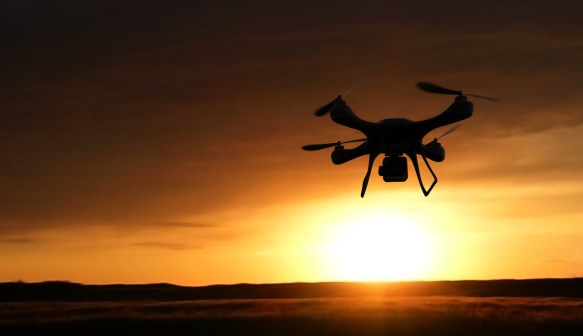The general in charge of the U.S. Army’s Training and Doctrine Command dropped a bomb on attendees at an Army aviation symposium last week when he said the Army is studying ways to reduce the size of its brigade combat teams from 4,000 to 3,000 soldiers, and replacing the lost manpower with robots and other autonomous systems.
And while the idea of fielding an Army that by 2030 may get 25 percent of its “manpower” and firepower from autonomous, computer-powered robotic systems may seem a little far fetched, a new study by the Center for a New American Security, a Washington, D.C.-based defense think tank, warns the Defense Department may need to accelerate its plans “for war in the robotic age.”
The study, “20YY: Preparing for War in the Robotic Age,” by CNAS authors Robert O. Work and Shawn Brimley, comes as DOD, and the Army in particular, is struggling to align its force structure to a post-Afghanistan security environment and simultaneously deal with out-of-control personnel costs. But with 75 nations actively developing unmanned systems for military use, and commercial technologies for using and attacking such systems widely available, the Pentagon’s decades-long technological edge may be eroding.
“DOD is in danger of making poor decisions during the coming defense drawdown, during which the Pentagon must make disciplined, prioritized programmatic choices if it hopes to prepare the U.S. armed forces for a future characterized by ubiquitous unmanned and autonomous systems,” the study concludes.
The U.S. military has been at the forefront of unmanned systems design and employment, primarily for surveillance and reconnaissance use. Since 2001, however, the Pentagon has leveraged its expertise in guided munitions to create unmanned systems capable of carrying out both passive surveillance and lethal attack missions.
But the authors of the CNAS report said there may be “a deeper revolution afoot” in the integration and use of unmanned systems in future military conflict, from low-level counterinsurgency operations to conventional conflict.
Surprisingly, that “deeper revolution” may involve a force of fewer soldiers, sailors, airmen and Marines supported by “swarms” of semi-autonomous unmanned systems powered by microprocessors capable of mimicking human intuition.
“Networked, cooperative swarms of unmanned systems that can maneuver and engage targets collectively also have the potential to achieve reaction times much faster than that of human operators,” according to Work and Brimley. Intelligent swarms of unmanned systems, they argue, will be capable of overwhelming adversary defenses, autonomously jamming, spoofing and employing nonlethal disruptive weapons, and relaying the position of enemy targets to human controllers who can authorize lethal engagements.
“Human controllers, safely removed from harm’s way, would provide mission-level control over the swarm,” the authors state. “But the leading edge of the battlefront across all domains would be unmanned, networked, intelligent and autonomous.”
U.S. Navy X-47B Unmanned Combat Air System makes the first successful landing at sea aboard the aircraft carrier U.S.S. George H.W. Bush (CVN 77) on July 10, 2013.
Legged Squad Support System is a four-legged robot designed by Boston Dynamics to travel 20 miles on rough terrain carrying 400 lbs of load. The video shows field testing at Twentynine Palms, Calif.
http://youtu.be/LJZQ3n-iQYE?t=14s
Follow @DanielVerton






